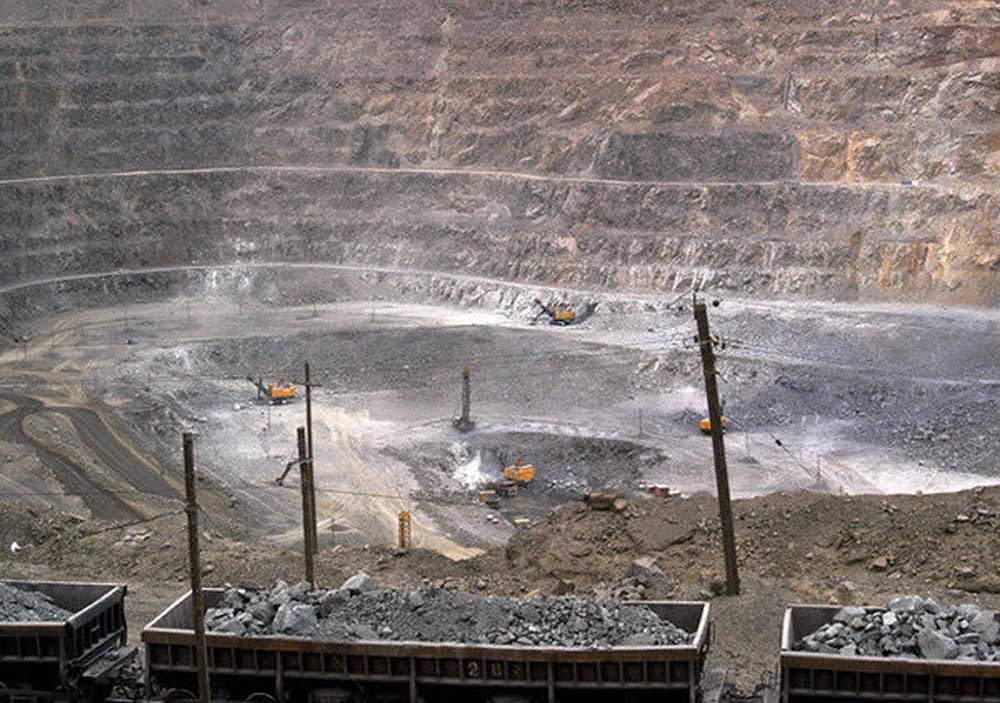Rare earth mining makes green energy not so green
Published 1:33 pm Tuesday, September 27, 2016

- In this July 6, 2010 file photo, workers use machinery to dig at a rare earth mine in Baiyunebo mining district of Baotou in north China's Inner Mongolia Autonomous Region. (AP Photo) CHINA
Hillary Clinton’s energy plan would wreak havoc on the environment, in a far more devastating and lasting way than anything Donald Trump has proposed. That’s because of “clean” energy’s dirty secret – it’s not very green at all.
Just look at what she said in Monday night’s debate.
“I think the science is real,” Clinton said, referring to climate change. “And I think it’s important that we grip this and deal with it, both at home and abroad. And here’s what we can do. We can deploy a half a billion more solar panels. We can have enough clean energy to power every home. We can build a new modern electric grid. That’s a lot of jobs; that’s a lot of new economic activity.”
But what would 500 million new solar panels mean to the environment? First, remember that modern, efficient solar panels are only made possible by using rare earth minerals.
Rare earths are 17 minerals that are indispensible in high-tech manufacturing. China produces most of the world’s supply.
“Processing rare earths is a dirty business,” The Guardian reported last year. “Their ore is often laced with radioactive materials such as thorium, and separating the wheat from the chaff requires huge amounts of carcinogenic toxins – sulphates, ammonia and hydrochloric acid. Processing one ton of rare earths produces 2,000 tons of toxic waste; Baotou (China’s) rare earths enterprises produce 10 million tons of wastewater per year.”
Yet without those minerals, we can’t produce a single solar panel – much less half a billion of them.
The same goes for wind turbines.
“Manufacturing wind turbines is a resource-intensive process,” notes the Institute for Energy Research. “A typical wind turbine contains more than 8,000 different components, many of which are made from steel, cast iron, and concrete. One such component are magnets made from neodymium and dysprosium, rare earth minerals mined almost exclusively in China, which controls 95 percent of the world’s supply of rare earth minerals.”
Even Mother Jones magazine, which should be all on board for Clinton’s green energy plan, sees the environmental threat posed by rare earths and the energy systems that depend upon them.
“The elements used to power all our high-tech gadgets come from a very dirty industry in which rich nations extract the good stuff from the earth – and leave poor countries to clean up the mess,” the magazine reported.






